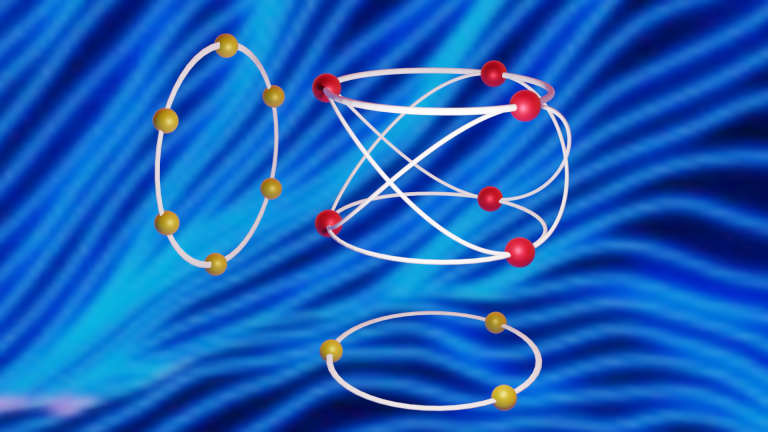Surveying quantum low-density parity-check codes
19 October 2021
Researchers present an overview of quantum LDPC codes and discuss their opportunities for fault-tolerant quantum computation

UCLQ research Fellow Dr Nikolas Breuckmann and University of Bonn researcher Dr Jens Niklas Eberhardt have published a perspective in PRX Quantum which gives an overview over the zoo of quantum low-density parity-check (LDPC) codes and discusses their opportunities for fault-tolerant quantum computation. They also highlight many open problems and suggest avenues for future research.
Quantum error correction is essential for scalable quantum computing, because whenever quantum information is stored or manipulated, errors are very likely to occur. While there has been tremendous progress toward the realization of quantum processors, the implementation of error-corrected quantum memories and the demonstration of scalable fault-tolerant quantum computations remain formidable challenges.
LDPC codes have been the subject of intense study in classical coding theory in the last few decades, however their quantum analogs have only recently become the focus of attention. As Breuckmann and Eberhardt note, much of the interest in LPDC quantum codes was spurred by Daniel Gottesman’s remarkable result in 2013 showing that quantum LDPC codes with a constant encoding rate can reduce the overhead of fault-tolerant quantum computation to be constant. This is in contrast to other quantum fault tolerance schemes, where to perform a longer computation, it is necessary to suppress errors further, which requires larger codes and thus a growing number of physical qubits.
In their review, Breuckmann and Eberhardt showed how ideas from geometry and homological algebra shape the theory of quantum LDPC codes. They note that the fast pace of new distance records in the last year suggests that one of the main goals of the field, the quest for quantum LDPC codes with a constant encoding rate and linear distance, may soon be in reach and that the next few years may offer many exciting new developments.
The researchers also discuss how the viability of quantum LDPC codes depends on future developments in hardware, and they note that many problems in the implementation of scalable fault-tolerant quantum computation remain to be solved. However, the researchers also contend that Quantum LDPC codes could play a decisive role in the realization of post-noisy intermediate-scale quantum devices.
They also comment that although the development of the surface code, considered the front runner in quantum error correcting codes, is ahead in many respects, quantum LDPC codes may well turn out to be better suited for the implementation of quantum computers in the mid-term to long-term.
Links:
Image:
An example showing one of the novel twisted product constructions. It is a balanced product of the length-3 and length-6 cyclic graphs. This gives a 3x2 twisted toric code, which has better parameters compared to its standard version.
 Close
Close

